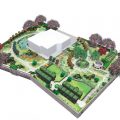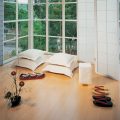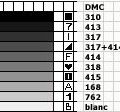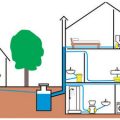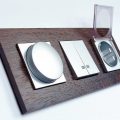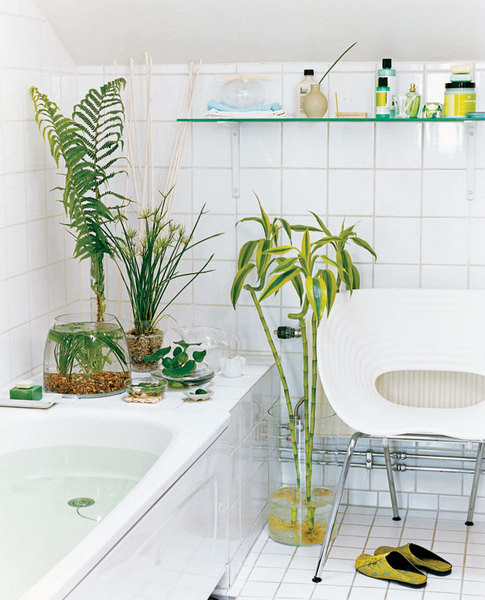 Purification of air
Purification of air
House dirt
We imagine that our home sweet home is perfectclean only because we regularly scrape floors and polish furniture. No matter how it is! According to last year's study of the French Association for Monitoring Indoor Air Quality, in 9% of the apartments specialists found an increased concentration of chemicals that can cause allergy, respiratory diseases, chronic fatigue ... We live in an unseeing eye and odorless mud. Formaldehyde, benzene, tetrachlorethylene, toluene - these names that are difficult to pronounce label the molecules living in the furniture made of particleboard, carpeting, wallpaper, cigarettes, clothes returned from dry cleaning. Add here a variety of air fresheners, fungal mold particles, ammonia contained in household chemicals, and the list will be almost complete! If you want to know in detail what we are poisoning, go to www.chemical-cocktail.org.
Who's where?
Some plants are capable of cleaning from the airhis. Here's our pick. Kitchen To neutralize the formaldehyde emitted by the particleboard furniture and the ammonia of the cleaning products, we prepare pots for the rape palm (Rhapis excelsa), anthurium andreanum or the dwarf chamedorea elegans (Chamaedorea elegans). Living room Sources of pollution here are both numerous and varied (furniture, electrical appliances, smoke, glue, varnish), so we rely on a “cocktail” of indoor plants: ficus, chlorophytum and the moon flower spathiphyllum (Spathiphyllum hybride). Bathroom In addition to formaldehyde and ammonia, the fragrances of perfumes (shampoos, soaps, candles, perfumes) contain benzene. What to do? Place azalea (Rododendron indicum), croton (Codiaeum variegatum) and bamboo palm (Chamaedorea seifrizii) in the bathroom. Cabinet The best absorber of electromagnetic radiation from a computer is a cactus (Cereus peruvianus), and the Boston fern (Nephrolepis exaltata bostoniensis) will perfectly cope with the xylene emitted by printers. (Read more about plants for the study here.) Bedroom High-risk area where furniture, textiles, more or less chemically treated, carpets are concentrated ... Protect yourself with English ivy (Hedera helix), dracaena (Dracaena warneckii) and reed palm trees (Chrysalidocarpus lutescens). Dressing room Dracaena marginata, gerbera jamesonii and moonflower destroy formaldehyde and trichlorethylene, one of the compounds used in dry cleaning. Workshop With the tools in place, line up pike-tail (Sansevieria trifasciata) pots, chrysanthemums and English ivy to neutralize pesticides. Five golden rules
- Ventilate rooms and open windows for 5 minutes a day.
- Buy harmless cleaning products in eco-supermarkets.
- Wipe dust with a rag, and do not use chemical polishes.
- Choose furniture from the array.
- Before settling in an apartment after repair, wait a few weeks. If possible, of course.
What to read?
- To fill up the list of green rescuers of our lungsand you can determine which room is unsuitable for living due to a threatening amount of domestic pollutants by studying the book "All about houseplants clearing the air" by Jan Van der Neuer (Onix Publishing House of the SZKEO "Kristall", 2006).
- The purpose of the international project Plants for People is to collect and disseminate information about the invaluable role played by houseplants in the life of the office.
- Find images of all useful plants and learn about them a lot of interesting can also be on www.floriculture.ru.





